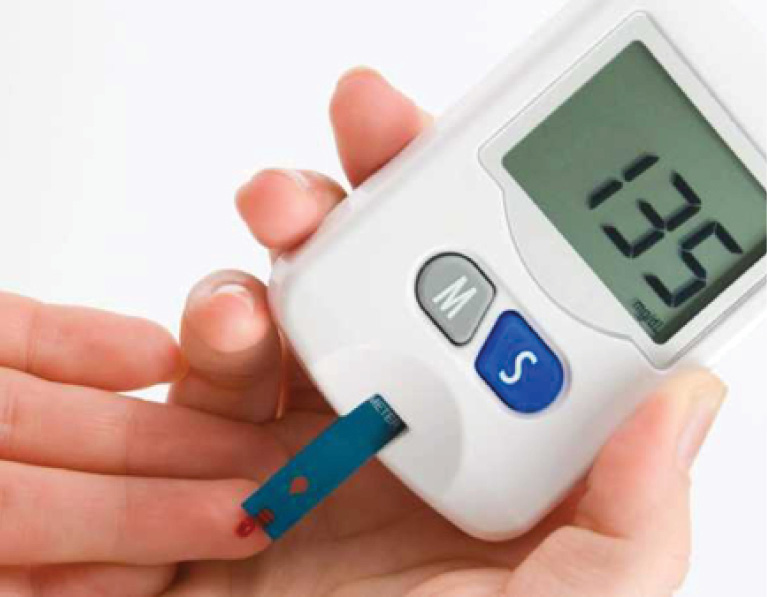An electrically charged gel could offer a new way to heal difficult-to-treat wounds, including leg ulcers or foot wounds in patients with diabetes.
When any type of wound occurs, the body naturally generates a tiny electric current around the edges of it (with a voltage 15 times weaker than an AA battery, according to researchers at the University of Aberdeen).
The voltage is created when positive and negative ions (atoms or molecules with an electrical charge) cross each other.
Repair cells are then attracted by the electrical charge and move to the area, beginning the healing process.
The new gel, known as Biocompatible Self-Powered Piezoelectric Hydrogel, mimics this effect — but with the gel, electricity is generated when tiny crystals made with a compound called polyvinylidene fluoride are squeezed; physical activity (moving the body part concerned) also increases the effect, creating more electricity across the wound.
‘How I was abducted, dehumanised for four days by Nigerian Army’
ATBU teaching hospital doctors, others unite for patients’ wellbeing
External electricity is already used to speed up healing: wearable devices, where electrodes are placed directly onto the wound, are used in hospitals and other settings and have been shown to boost the healing process in chronic wounds.
The electric gel requires no external device and uses so-called piezoelectricity technology — where crystals convert mechanical energy into electrical energy.
This is widely used in gas stove and barbecue lighters, for instance, where a spark is created when man-made pressure is applied, creating a voltage.
Researchers have now created a gel with a crystal structure using polyvinylidene fluoride.
This is put onto wounds — the amount required depends on the size of the wound — and once pressed into place, it creates a tiny electric current to kickstart the healing process.
The new gel has been developed for treating chronic wounds — research reported in the journal Applied Materials & Interfaces in October shows that it attracts repair cells and significantly increases the number of healing compounds in the area, including growth factors.
A laboratory study by researchers at West China Medical Center, Sichuan University, found that movement generated by physical activities was also converted into electrical energy, speeding up the healing process. Further trials are now planned.
Commenting on the research, Dr Bav Shergill, a consultant dermatologist at the Queen Victoria Hospital, East Grinstead, says: “There have been many scientific papers that show the benefits of this technology of selective stimulation for wound healing.
“The principles here are sound, but the delivery is novel and very interesting.”
– Mail Online




